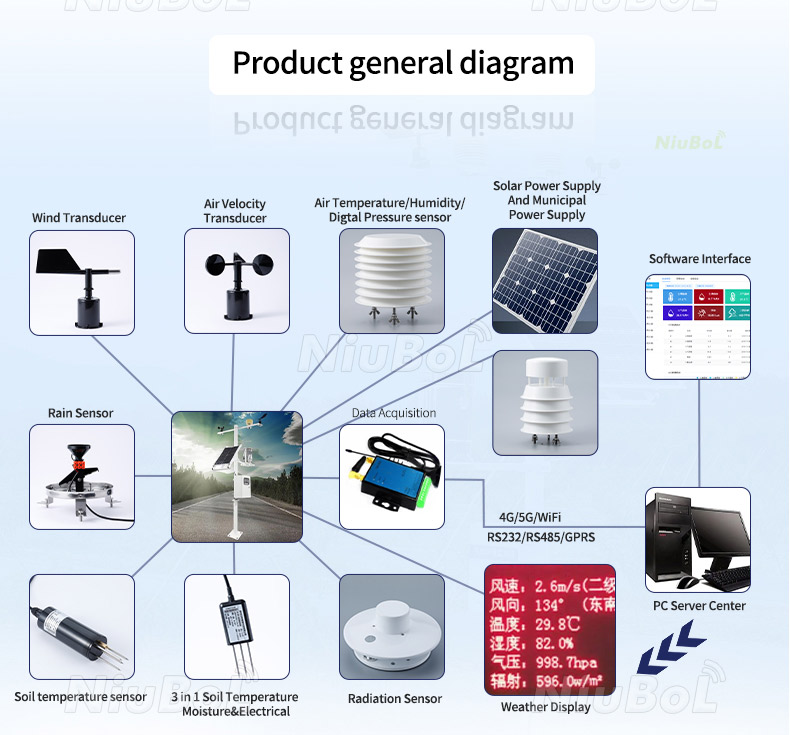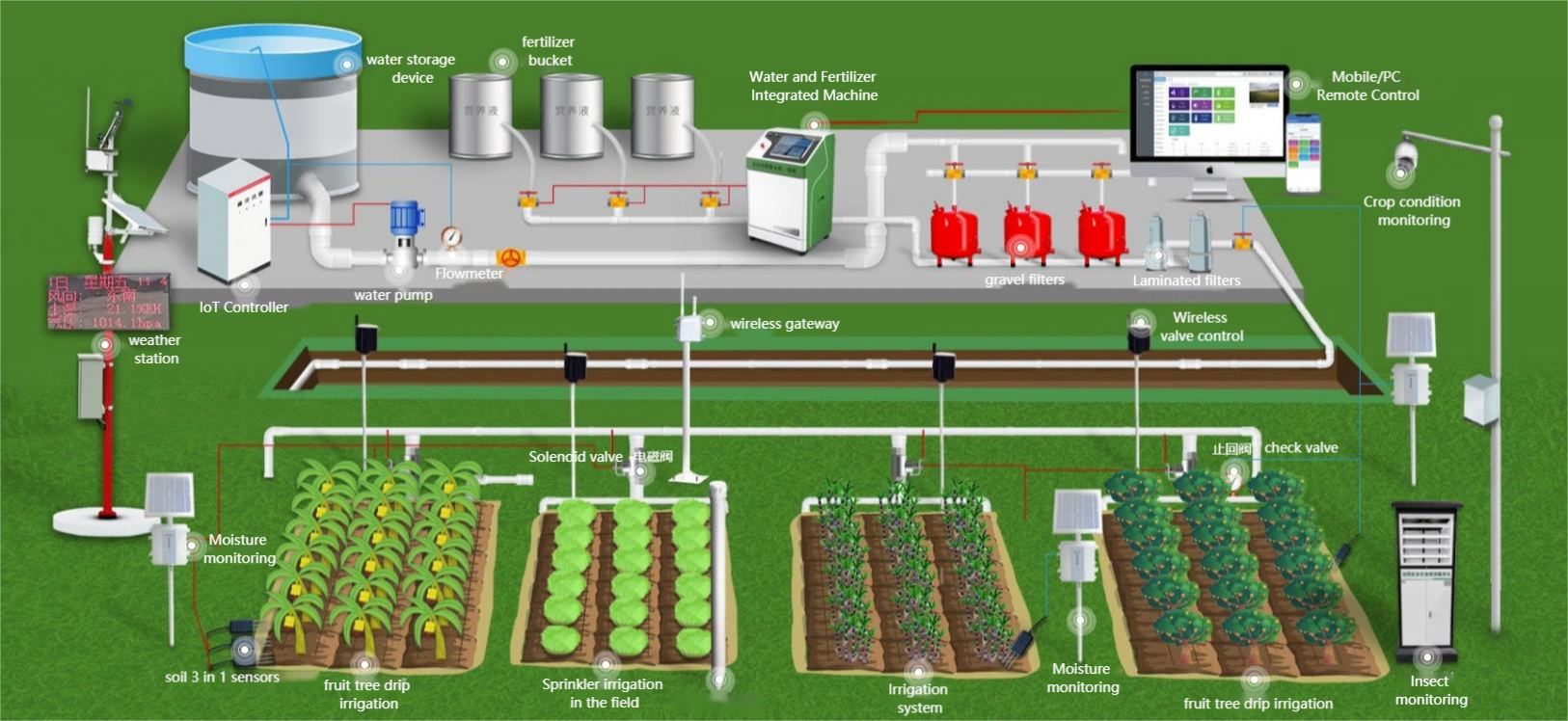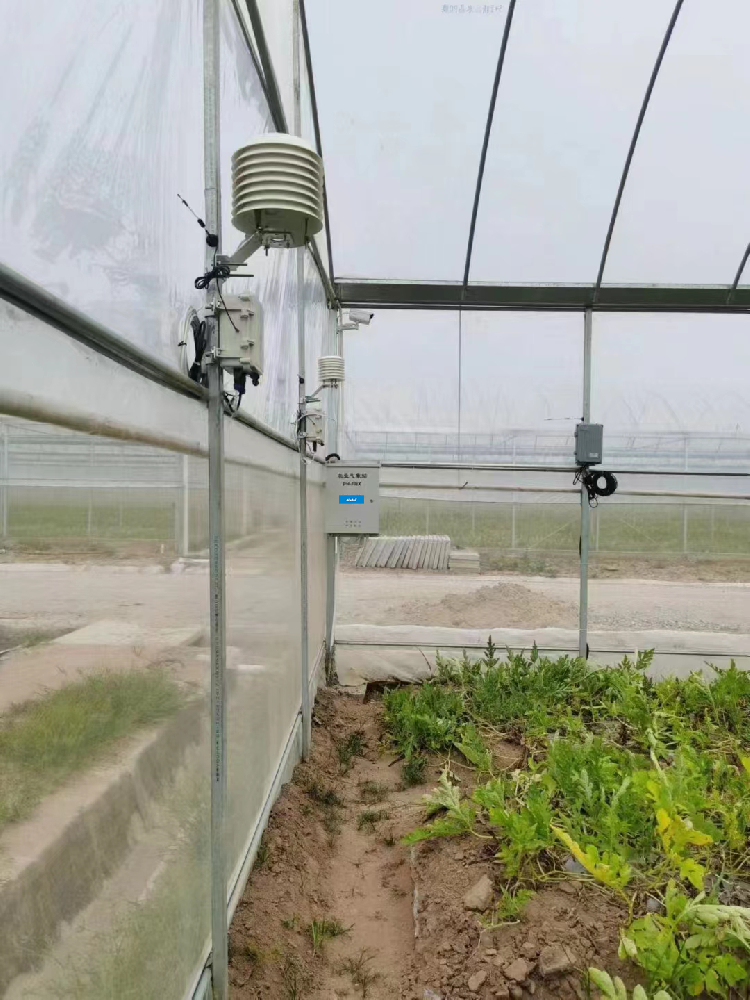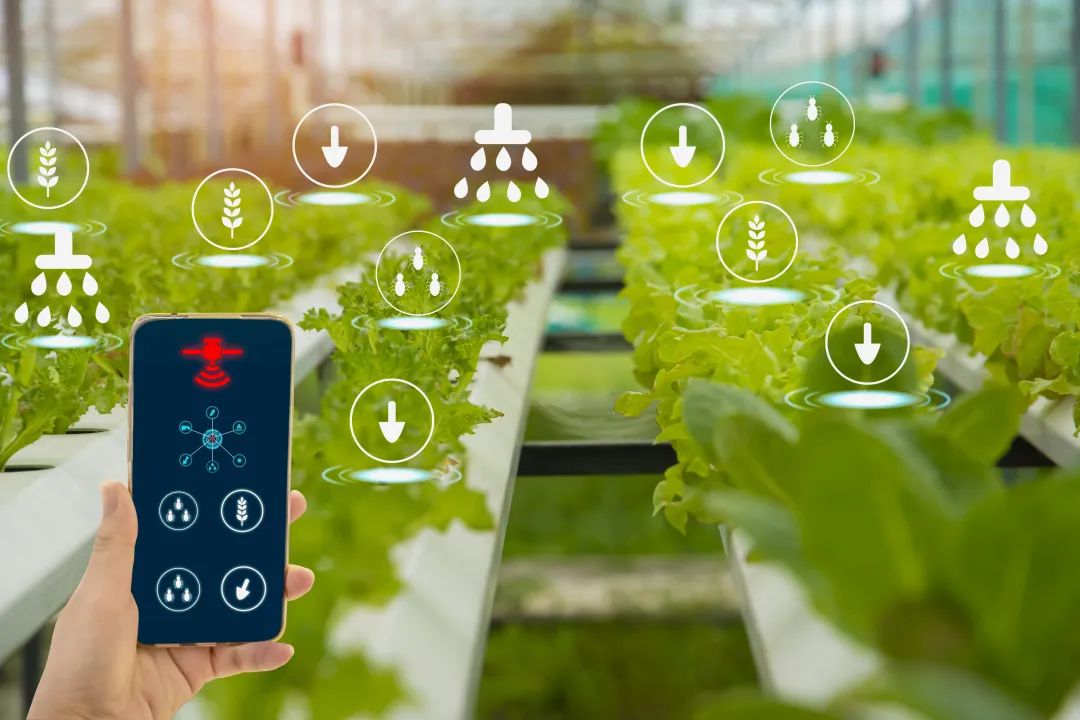

— Blogs —
—Products—
 Consumer hotline +8618073152920
Consumer hotline +8618073152920 WhatsApp:+8615367865107
Address:Room 102, District D, Houhu Industrial Park, Yuelu District, Changsha City, Hunan Province, China
Product knowledge
Time:2024-09-01 16:30:43 Popularity:1085
Greenhouse monitoring system is an integral part of modern agricultural technology, which enables precise monitoring and management of the greenhouse environment by integrating multiple sensors and automated control devices. The following are the key components and functions of a greenhouse monitoring system:

1. temperature and humidity sensor: used to monitor the air temperature and humidity in the greenhouse in real time to ensure that the crops grow in a suitable environment.
2. Light sensor: Measure light intensity to help adjust shading or supplemental light measures to meet the photosynthetic needs of crops.
3. Soil Moisture Sensor: Detects soil moisture content and guides the irrigation system to start at the right time to avoid over- or under-irrigation.
4. Carbon dioxide (CO2) sensor: monitoring CO2 concentration to ensure that the crop photosynthesises in an optimal CO2 environment to improve yields.
5. wind speed and direction sensors: although of limited use in closed environments, they can help optimise ventilation strategies in naturally ventilated greenhouses.
- Function: Collects data from temperature sensors and performs preliminary processing.
- Features: Some data collectors can connect multiple sensors and support multiple types of sensor inputs.
Such as DTU (Data Transfer Unit) or RTU, which uploads sensor data to the cloud platform via wireless network (4G/5G).

3. Data Transfer System
- Wired Transmission: Transmits data from the sensor to the central control unit via cable.
- Wireless transmission: Transmits data using wireless technologies such as Wi-Fi, Bluetooth, LoRa, NB-IoT, ZigBee.
4. Central Control Unit (CCU)
- Function: Receive, process and analyse data to automatically adjust the greenhouse environment according to preset conditions.
- Characteristics: usually equipped with a user interface to facilitate the operator to monitor data and manage the system.
5. Control actuators
- Types: e.g. heaters, fans, ventilation windows, shading screens, etc.
- Function: Adjust the greenhouse temperature according to the instruction from the central control unit.
According to the preset parameters and real-time data, automatically adjust the environmental conditions in the greenhouse, such as switching on or off the heater, wet curtain pump, ventilation system, etc.
6. Software and user interface
- Function: Provide data visualisation, alarm system, historical data recording, remote access, etc.
- Features: The user interface is usually graphical and easy to operate and understand.
Through mobile phone APP or web terminal, it allows users to remotely monitor the greenhouse status and send alarm notification in case of abnormal situation.

- Real-time data monitoring and transmission: the sensor continuously collects greenhouse environment data and uploads it to the cloud in real-time via wireless network to ensure the timeliness and accuracy of the data.
- Intelligent decision-making and control: The system automatically adjusts the environmental adjustment equipment in the greenhouse, such as heating, ventilation, irrigation, etc., according to the crop growth demand and environmental parameters.
- Remote monitoring and management: Users can remotely view the greenhouse status, receive alarm information, download reports, and realise remote management through mobile phone APP or web terminal.
- Predictive maintenance: By analysing the historical data, it can predict the operating condition of the equipment, improve the utilization rate of the equipment, and reduce the energy consumption and maintenance cost.
- Improve crop yield and quality: Provide the best growing environment for crops through precise temperature control.
- Energy saving: Rationally regulating the temperature in the greenhouse reduces unnecessary energy consumption.
- Reduce labour cost: automated system reduces the reliance on manual monitoring.
Greenhouse temperature monitoring system is an important part of smart agriculture, which improves the intelligence and precision of agricultural production through high-tech means.
1. Real-time monitoring and precise control:
The system can monitor the temperature changes inside the greenhouse in real time and provide accurate data support.
According to the preset temperature range and crop growth requirements, the intelligent control system can automatically adjust the heating, ventilation and other equipment in the greenhouse to ensure that the crop is in the best growth environment.
2. Improve agricultural production efficiency:
By precisely controlling the temperature, the growing conditions of crops can be optimised to increase the growth rate and yield.
Reduce the slow growth of crops, pests and diseases caused by unsuitable temperature, and improve the efficiency of agricultural production.
3.Reduce energy consumption and cost:
The system is able to adjust the equipment in the greenhouse according to the actual demand, avoiding unnecessary energy consumption.
Through precise control, it reduces energy waste and production costs.
4. Remote monitoring and management:
Supporting remote access to the cloud platform or control centre, users can view the temperature data in the greenhouse and receive alarm information anytime and anywhere.
Convenient for centralised management and remote operation, reducing manpower investment.
5. Data analysis and decision support:
The system can record and store historical temperature data and provide data analysis function.
Through data analysis, users can understand the trend of the greenhouse environment, providing scientific basis and decision support for agricultural production.
6. Strong adaptability:
The system can adapt to the needs of different crops and different growth stages to achieve fine management.
It is suitable for greenhouses of various scales and has wide applicability.

1. Equipment cost and maintenance:
The greenhouse temperature monitoring system requires a certain investment in equipment costs, including sensors, data collectors, communication modules and so on.
Regular maintenance and overhaul is required during the operation of the system to ensure the normal operation of the equipment and the accuracy of the data.
2. Technical dependence and training:
The operation and maintenance of the system requires certain technical support and professional knowledge.
Growers need to receive relevant training to master the operation and maintenance of the system.
3.Environmental adaptation challenges:
The system may face certain challenges under extreme climatic conditions such as high temperatures, high humidity, and strong winds.
There is a need to ensure that the system can still operate stably and collect data accurately under these conditions.
4.Data security and privacy protection:
The greenhouse temperature monitoring system involves a large amount of sensitive data, such as temperature, humidity and other environmental parameters.
Data security measures need to be strengthened to prevent data leakage or illegal use.

5.Monitoring accuracy and error:
Although modern sensor technology is quite mature, there is still a certain margin of error.
Regular calibration of the sensor is required to ensure the accuracy of the monitoring data.
6.Communication Stability:
The wireless communication module may be affected by signal interference or network failure, resulting in unstable or interrupted data transmission.
Measures need to be taken to improve communication stability to ensure real-time transmission and reception of data.
Greenhouse temperature monitoring system is widely used in various greenhouses, flower growing, vegetable cultivation, fruit tree growing and other agricultural production fields. By real-time monitoring and controlling the temperature environment in the greenhouse, it can create the most suitable conditions for crop growth, improve the growth rate and yield of crops, and at the same time reduce production costs and labour intensity.
In summary.

The greenhouse monitoring system realises intelligent management of the greenhouse environment by integrating advanced sensor technology and automation control, which is an important driving force for the transformation of modern agriculture into precision agriculture. Greenhouse temperature monitoring system has many advantages, but there are also some shortcomings that need to be overcome. In practical application, it is necessary to make comprehensive consideration and selection according to the specific situation.
Related recommendations
Sensors & Weather Stations Catalog
Agriculture Sensors and Weather Stations Catalog-NiuBoL.pdf
Weather Stations Catalog-NiuBoL.pdf
Related products
 Combined air temperature and relative humidity sensor
Combined air temperature and relative humidity sensor Soil Moisture Temperature sensor for irrigation
Soil Moisture Temperature sensor for irrigation Soil pH sensor RS485 soil Testing instrument soil ph meter for agriculture
Soil pH sensor RS485 soil Testing instrument soil ph meter for agriculture Wind Speed sensor Output Modbus/RS485/Analog/0-5V/4-20mA
Wind Speed sensor Output Modbus/RS485/Analog/0-5V/4-20mA Tipping bucket rain gauge for weather monitoring auto rainfall sensor RS485/Outdoor/stainless steel
Tipping bucket rain gauge for weather monitoring auto rainfall sensor RS485/Outdoor/stainless steel Pyranometer Solar Radiation Sensor 4-20mA/RS485
Pyranometer Solar Radiation Sensor 4-20mA/RS485
Screenshot, WhatsApp to identify the QR code
WhatsApp number:+8615367865107
(Click on WhatsApp to copy and add friends)